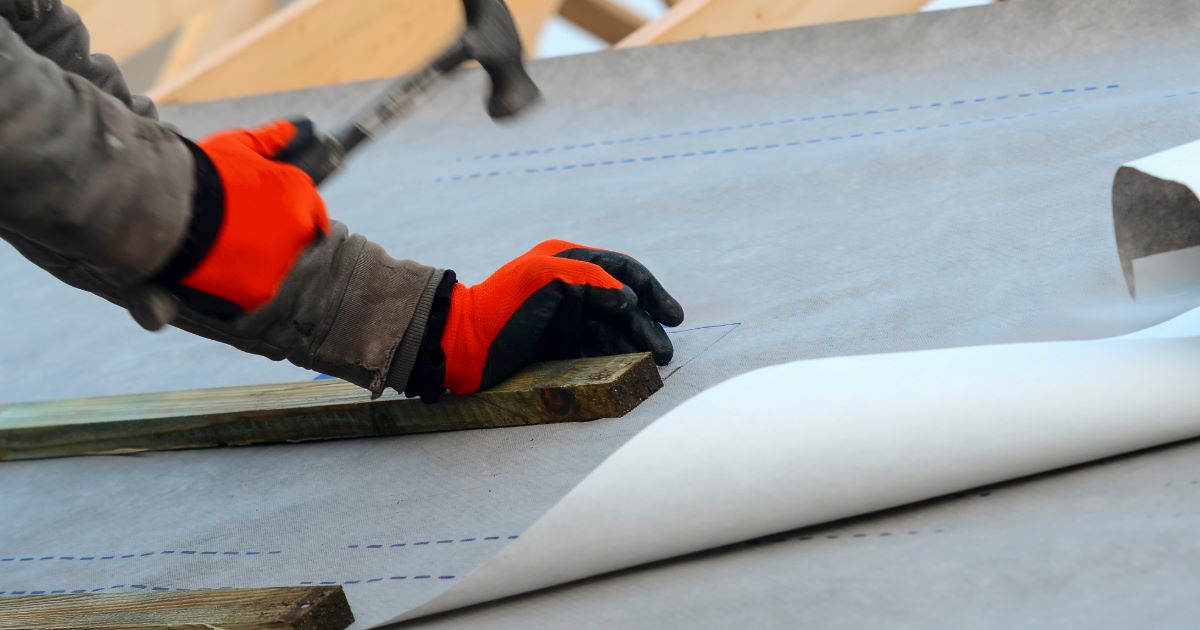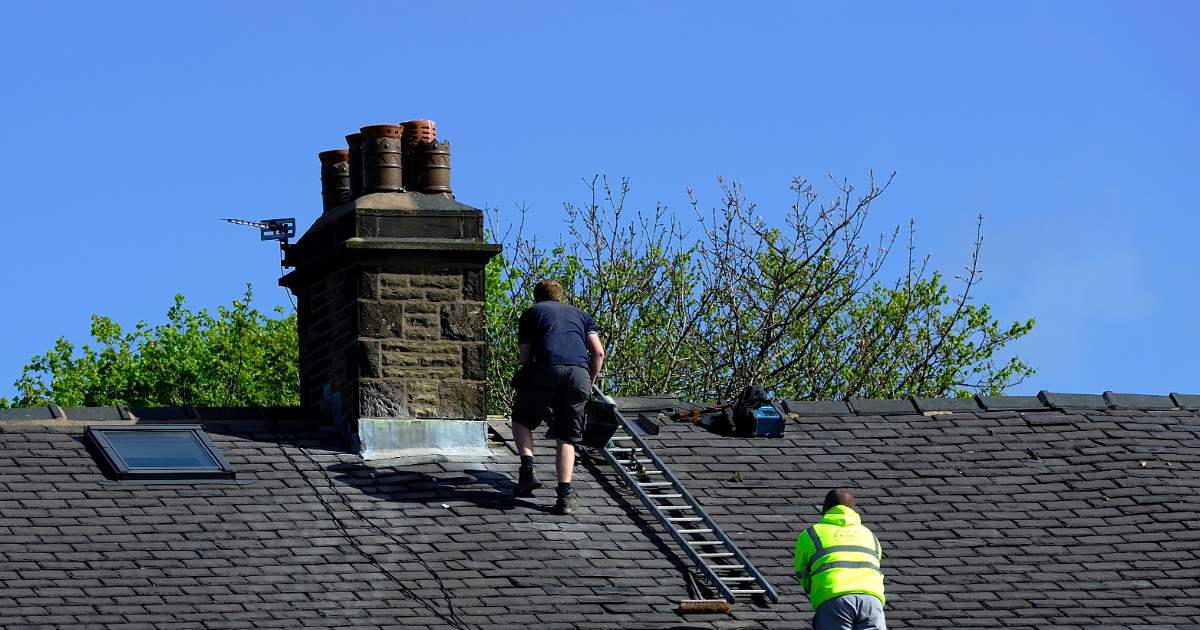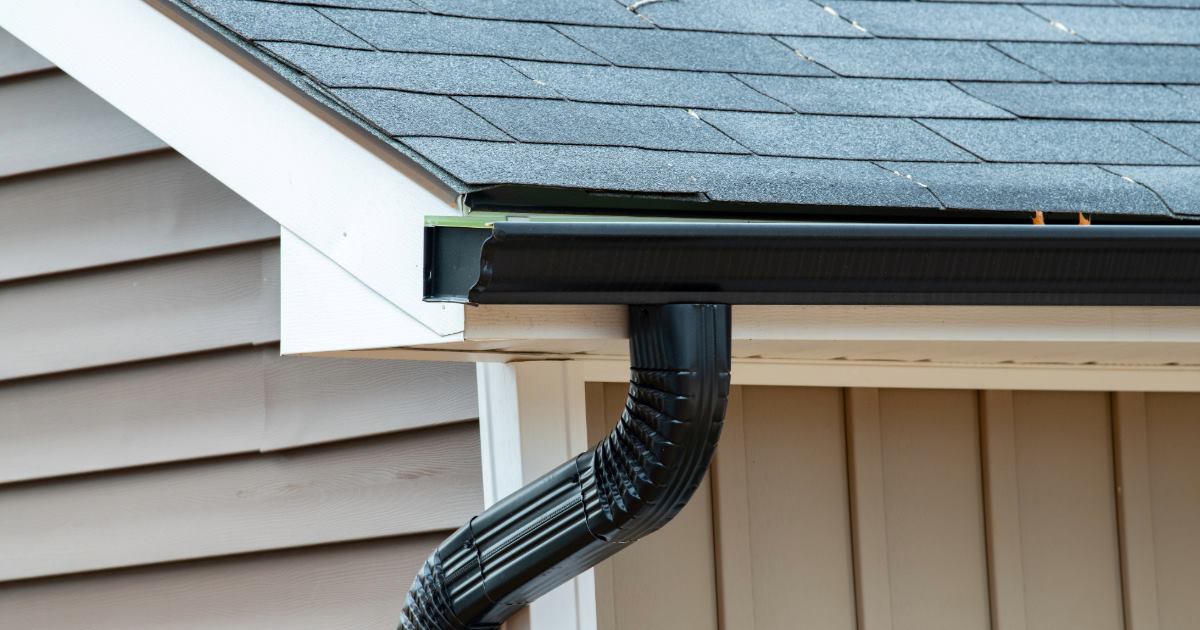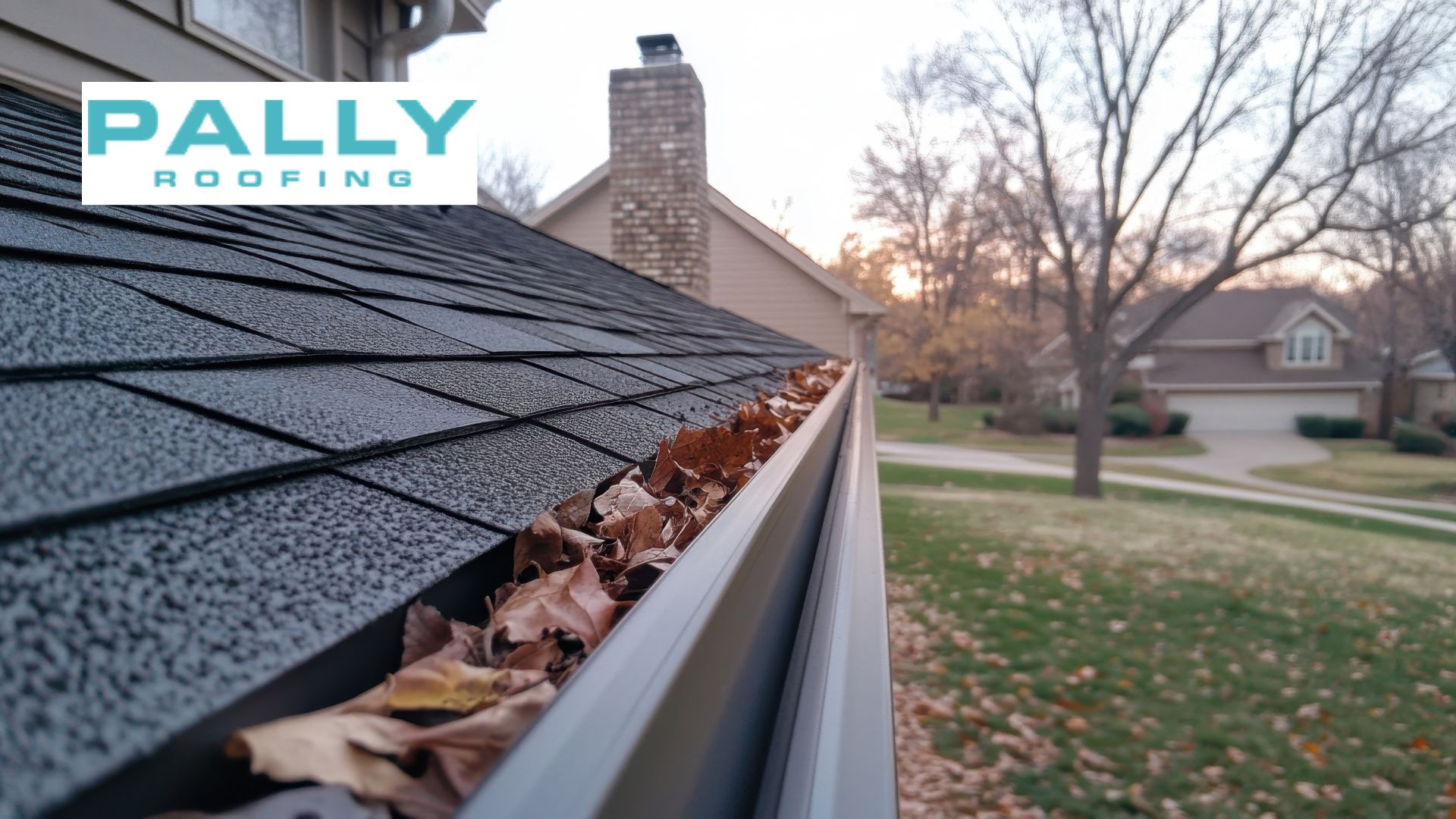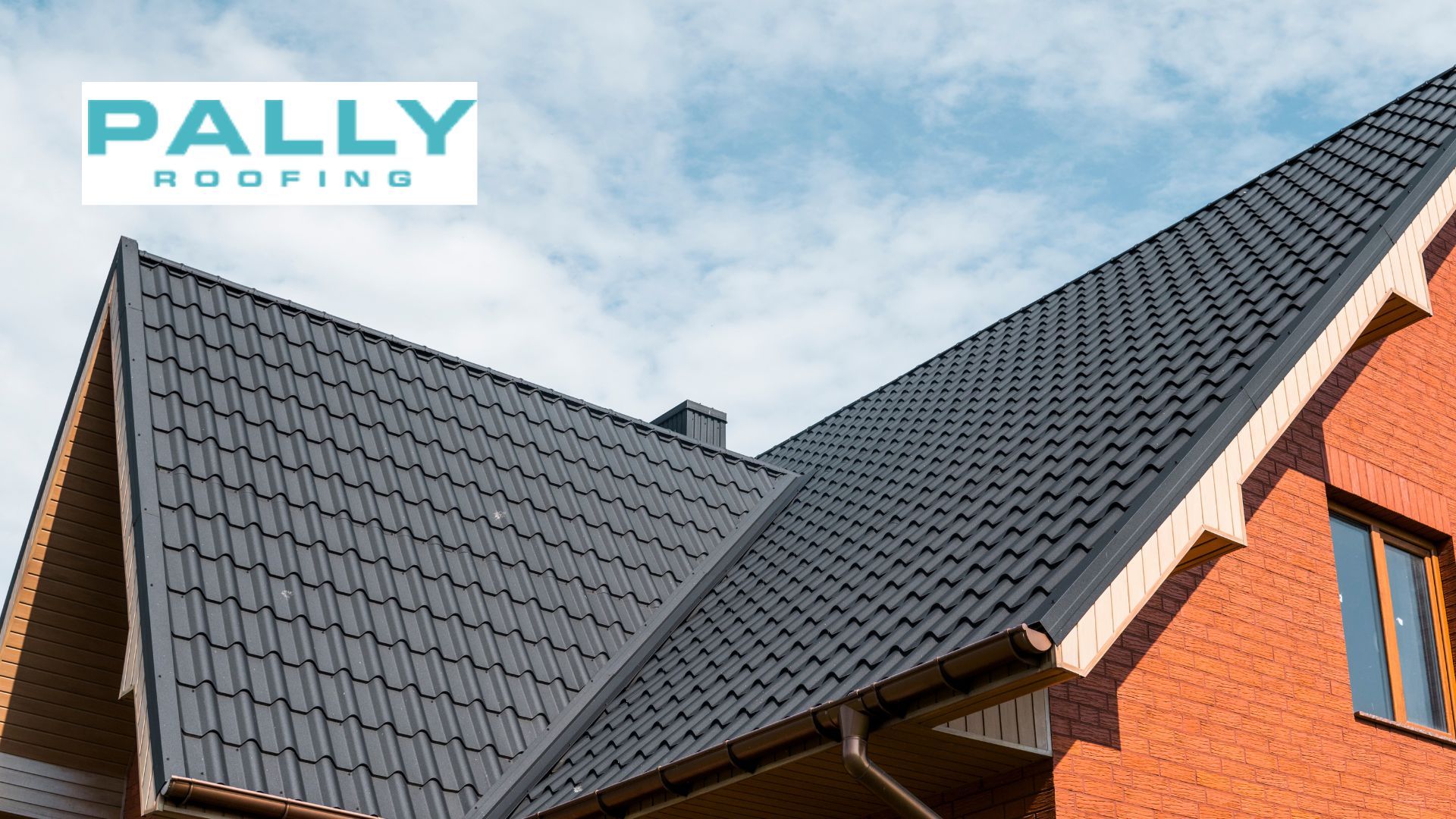Last updated on September 26th, 2024 at 04:18 am
The roof and its maintenance is one of the most crucial steps in protecting your home and ensuring its longevity. Your roof acts as the first line of defense against weather conditions like rain, snow, and wind, preventing costly damage to the structure of your home.
Table of Contents
Without regular maintenance, minor issues like a damaged shingle or a blocked gutter can lead to more significant problems, such as leaks, mold growth, or structural deterioration. For homeowners, knowing how to take care of their roofs can save thousands in future repair or replacement costs.
At Pally Roofing, we specialize in providing expert roofing solutions tailored to the unique needs of Ohio homeowners. Whether you need a Full Roof Replacement for asphalt or metal roofs or targeted services such as Gutter Installation and Repair and Flat Roof Repairs, our team is equipped to handle projects of any size.
Our commitment to quality craftsmanship and reliable service makes us the go-to roofing contractor for Ohio homeowners, but the advice in this guide is relevant for homeowners across the U.S. as well.
Understanding the Basics of Your Roof
Components of a Roof:
A roof is made up of several key elements, each playing a vital role in protecting your home:
- Shingles: The outermost layer that shields your roof from weather. Common materials include asphalt, metal, and wood.
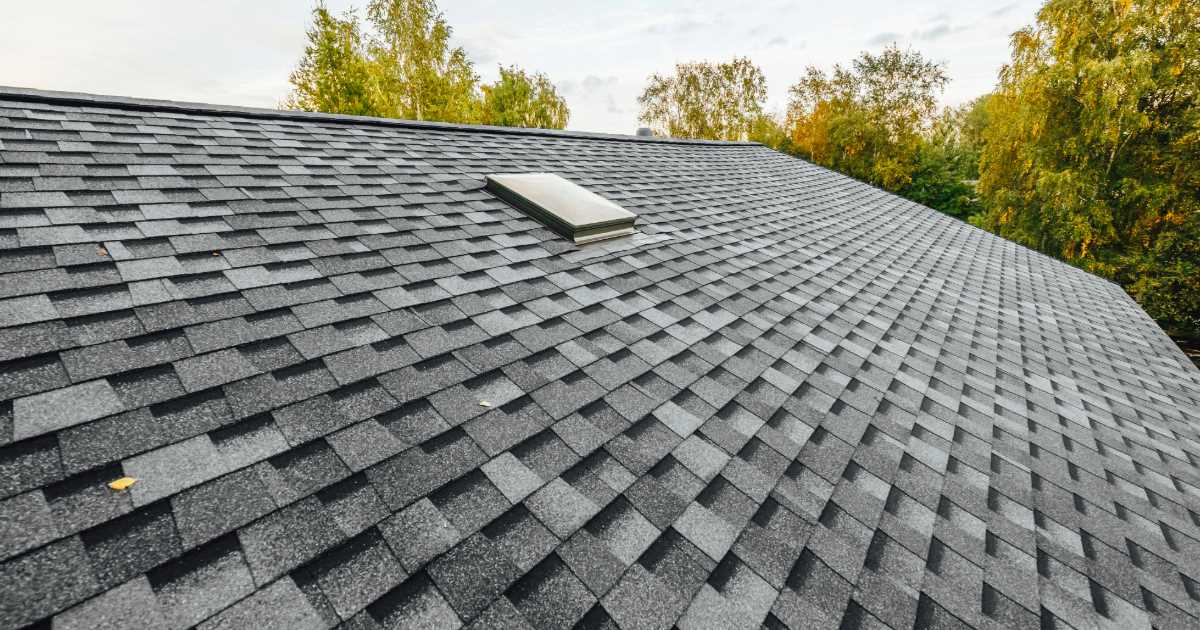
- Underlayment: A water-resistant layer beneath the shingles, providing additional protection against moisture.

- Flashing: Metal pieces placed around chimneys, vents, and valleys to prevent water from seeping into vulnerable areas.

- Gutters: Drainage systems that direct water away from your roof and foundation, preventing leaks and erosion.

Common Types of Residential Roofs:
- Pitched Roofs: Sloped roofs, which include gable and hip roofs, are ideal for areas with heavy rain or snow.
- Flat Roofs: Often found on modern homes, flat roofs provide usable space but require careful water drainage.
- Gable Roofs: One of the most popular roof styles with two sloping sides, commonly used in traditional homes.
- Hip Roofs: A roof with slopes on all sides, offering more stability and wind resistance, ideal for areas prone to high winds.
Each roof type complements different architectural styles and serves unique regional needs, from snowy climates to areas with heavy rainfall.
Roofing Materials: A Guide to Choosing the Right One
Types of Roofing Materials:
- Asphalt Shingles:
Pros: Affordable, easy to install, widely available.
Cons: Moderate lifespan (20-30 years), less durable in extreme weather. - Metal Roofing:
Pros: Long-lasting (40-70 years), energy-efficient, excellent for snowy and windy regions.
Cons: Higher upfront cost, can be noisy in heavy rain. - Tile Roofing:
Pros: Extremely durable (up to 100 years), ideal for hot climates, fire-resistant.
Cons: Expensive, heavy, requires additional structural support. - Slate Roofing:
Pros: Beautiful, long-lasting (75+ years), resistant to fire and rot.
Cons: Very expensive, heavy, difficult to install and repair. - Wood Shakes:
Pros: Natural aesthetic and sound insulation, popular in rustic and traditional homes.
Cons: Prone to fire unless treated, high maintenance, shorter lifespan (30-40 years).
Cost, Durability, and Energy Efficiency:
- Asphalt Shingles: Most cost-effective but with moderate durability.
- Metal Roofing: High initial cost but excellent energy efficiency and longevity.
- Tile and Slate: Both have high costs but offer unmatched durability and resistance to harsh elements.
- Wood Shakes: Moderate cost, decent insulation, but requires frequent upkeep.
Region-Specific Materials:
- Snowy Areas: Metal roofing is ideal due to its ability to shed snow and resist harsh weather.
- Warm Climates: Tile roofing excels in hot, dry environments as it reflects sunlight and withstands heat.
- Windy Regions: Hip roofs paired with durable materials like metal offer superior wind resistance.
Choosing the right material depends on your budget, local climate, and long-term needs. This ensures that your roof provides both protection and style.
Roof Maintenance Tips for Longevity
Routine Maintenance Tips:
- Clean Gutters: Regularly remove leaves, debris, and dirt to prevent water buildup and leaks. Clogged gutters can lead to roof and foundation damage.
- Inspect Shingles: Check for cracked, missing, or curled shingles. Damaged shingles expose your roof to water infiltration, causing rot and leaks.
- Check for Leaks: Look for water stains on ceilings or walls and inspect attic spaces for dampness. Early detection of leaks can prevent costly repairs later.
Seasonal Maintenance Checklist:
- Winter: Clear snow and ice from your roof to prevent ice dams. Inspect for damage from freezing temperatures.
- Spring: Check for any winter damage, such as cracked shingles or gutter issues, and remove debris from your roof.
- Summer: Inspect for heat-related issues like warped shingles or cracked flashing and ensure proper ventilation.
- Fall: Clean gutters and downspouts and inspect for loose or damaged shingles before winter.
Benefits of Regular Maintenance:
Proactive roof maintenance helps extend the lifespan of your roof by preventing minor issues from becoming major problems. Routine inspections and minor repairs can save you thousands on expensive replacements and ensure your roof remains in top condition for decades. Regular upkeep increases your home’s energy efficiency by ensuring proper insulation and ventilation.
Identifying Roof Issues: When to Call a Professional
Signs of Roof Problems:
- Missing Shingles: Exposes the underlying layers to moisture, leading to leaks and rot.
- Leaks: Water stains on ceilings or walls signal a compromised roof, often caused by damaged shingles or flashing.
- Sagging Roof: Indicates structural issues, often due to water damage or weakened supports, and requires immediate attention.
- Moss or Algae Growth: Excessive moss can trap moisture, leading to decay and reduced roof longevity.
Spotting Early Damage:
Catching issues early is critical to avoiding costly repairs. During routine inspections, look for cracked or curled shingles, rusted flashing, or clogged gutters. Any sign of water stains, soft spots, or unusual sounds when walking on the roof could indicate underlying damage that needs professional evaluation.
Regional Concerns:
- Hurricanes: High winds can rip off shingles and cause structural damage. Use wind-resistant materials and schedule inspections after severe storms.
- Snowstorms: Heavy snow buildup can strain your roof, leading to sagging or ice dams. To mitigate damage, ensure proper insulation and snow removal.
- Heatwaves: Extreme heat can cause shingles to warp or crack. Check for signs of heat damage regularly, especially in warmer climates.
Timely identification of these issues and calling a professional can prevent extensive repairs and maintain your roof’s durability and safety.
Roof Repair vs. Replacement: Making the Right Call
When to Repair:
- Opt for repairs if you notice small leaks, isolated shingle damage, or minor wear. Issues like a few cracked or missing shingles can often be addressed without replacing the entire roof.
When to Replace:
- Consider a total replacement if your roof is over 20 years old, has extensive damage, or requires frequent repairs. Replacement is also more cost-efficient when a large portion of the roof is affected or materials like asphalt have reached the end of their lifespan.
Cost Comparison:
- Repairs typically range from $300 to $1,500 depending on the severity, while replacements can cost $5,000 to $15,000 or more, based on materials and regional variations. Investing in durable materials can save on future repairs.
Pally Roofing provides expert evaluations to help you determine whether a repair or replacement is the best solution. From roofing repairs to metal and asphalt roof installation, they ensure a cost-effective and durable solution tailored to your home’s needs.
How to Choose the Right Roofing Contractor
Factors to Consider:
- Look for contractors with the proper certifications, proven experience, and strong warranties on artistry and materials. Check customer reviews and ratings to assess reliability and quality of service.
Getting Quotes:
- Always obtain multiple quotes to compare pricing, services, and timelines. Review each proposal carefully, clearly outlining all materials, labor, and warranties. Verify licenses and insurance to avoid liability issues.
Pally Roofing’s Services:
- Pally Roofing stands out for its extensive experience, certifications, and commitment to quality. It offers reliable services like roof replacements and repairs. Homeowners can trust Pally Roofing for top-notch artistry backed by solid warranties.
For National Readers:
- Use the same criteria—certifications, reviews, and precise quotes—to find trusted local contractors. Always research and ask for references to ensure your roofing project is in capable hands.
Roofing Warranties and Insurance: What You Need to Know
Types of Warranties:
- Manufacturer’s Warranties cover defects in roofing materials and typically last 20 years or more, depending on the product. This warranty ensures that if any material fails due to manufacturing defects, the manufacturer will replace it at no cost.
- Contractor’s Workmanship Warranties cover the quality of installation and usually last 1 to 10 years. This warranty ensures that if issues arise from poor artistry, the contractor will address them at no extra charge.
What’s Covered by Home Insurance: Home insurance generally covers damages caused by storms, hail, and fallen trees. It also covers leaks and other roof-related claims, but specifics can vary by policy. It’s essential to understand your coverage limits and exclusions to ensure adequate protection for your roof.
Energy-Efficient Roofing Options
Cool Roofs, Solar Roofs, and Reflective Coatings:
- Cool Roofs are designed to reflect more sunlight and absorb less heat, helping to keep homes more relaxed and reduce energy costs. Materials like reflective shingles and tiles are commonly used.
- Solar Roofs integrate photovoltaic cells into roofing materials, allowing homeowners to generate electricity while providing protection.
- Reflective Coatings can be applied to existing roofs to enhance their energy efficiency by reflecting solar radiation.
Benefits of Energy Efficiency: Investing in energy-efficient roofing options can lead to significant long-term savings on energy bills, as they reduce the need for air conditioning in warmer months. Additionally, they can increase property value and contribute positively to the environment by reducing energy consumption and carbon footprint.
Regional Trends: Energy-efficient roofing options are gaining popularity across the USA, especially in areas with extreme heat or cold. Reflective roofs are favored in sunny climates, while solar roofs are becoming more common in eco-conscious communities. Homeowners nationwide are increasingly prioritizing sustainability and energy efficiency when selecting roofing materials.
Regional Roofing Considerations: How Climate Affects Your Roof
Climate’s Impact on Roofing Choices: Different climates significantly affect material selection and maintenance of roofing. Heat can cause materials to degrade faster, leading to the need for reflective roofs. Snow and ice necessitate durable roofing to withstand heavy loads and prevent leaks. High-humidity areas may require materials resistant to mold and algae, while regions prone to storms need impact-resistant roofing systems to withstand severe weather.
National Guidance: Homeowners across the U.S. should consider their specific climate when choosing roofing materials. Reflective coatings can minimize cooling costs in warmer areas, while those in hurricane-prone regions should prioritize wind-resistant materials. Understanding local climate conditions is crucial for selecting a roof that protects your home and enhances energy efficiency and longevity.
Conclusion
In summary, maintaining a healthy roof is essential for protecting your home and enhancing its longevity. Regular maintenance, selecting suitable materials for your climate, and hiring trusted professionals are key steps every homeowner should prioritize. By being proactive, you can prevent costly repairs and ensure your roof stands the test of time.
For homeowners, Pally Roofing is here to help. Contact us today for a roof inspection or consultation, and let our experts help you make informed decisions about your roofing needs.
For readers nationwide, utilize the insights and tips shared in this article to maintain your roof effectively or find reliable contractors in your area. Remember, a well-maintained roof is an investment in your home’s future.
Author
-

With more than 16 years of hands-on experience, Phillip Schmucker is the knowledgeable owner of Pally Roofing. His dedication to superior roofing services has earned him a reputable place in the industry. Phillip also shares his extensive expertise through writing, providing readers with practical tips and professional advice on various roofing topics. Follow him on LinkedIn.
View all posts

